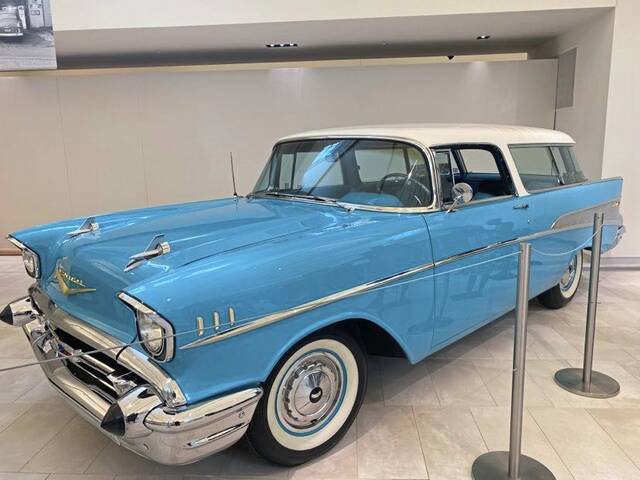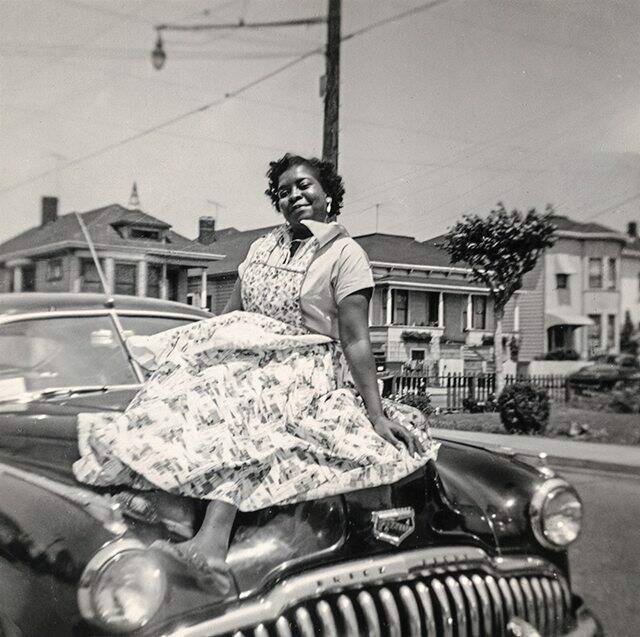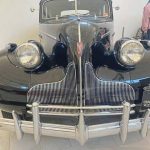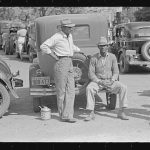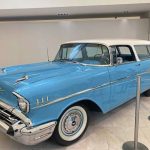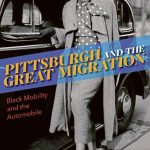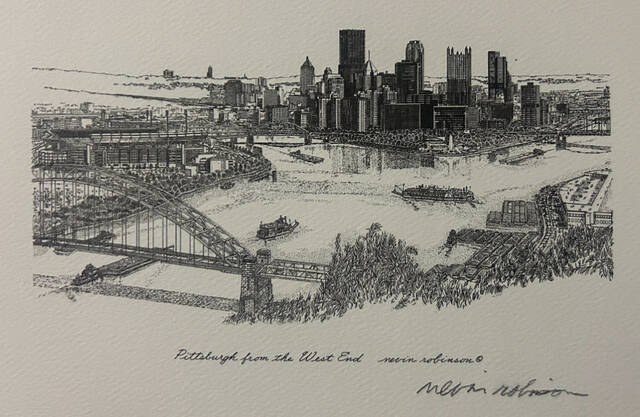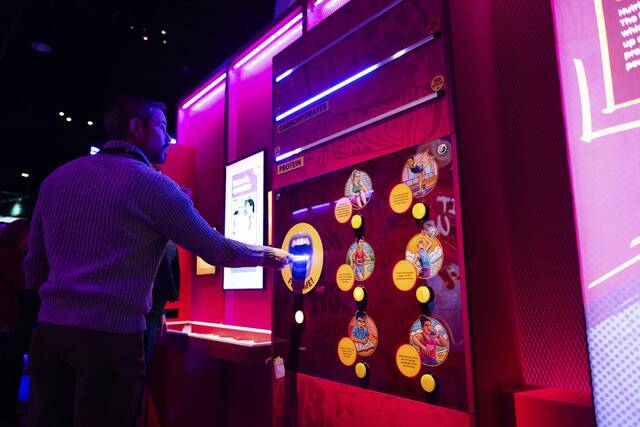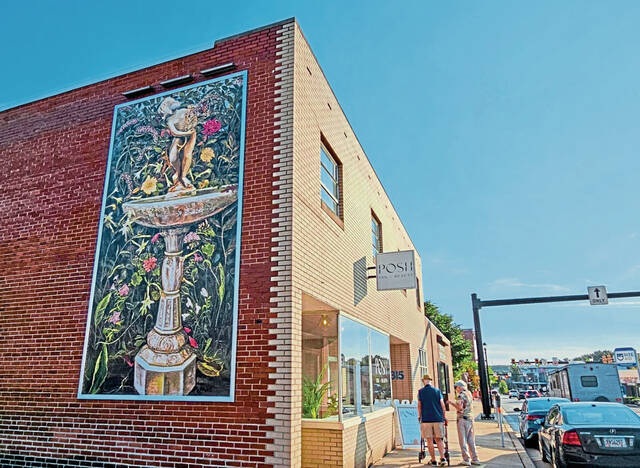A car is more than steel over an engine and four wheels. To some, it was a vehicle for freedom.
That’s the inspiration behind “Pittsburgh and the Great Migration: Black Mobility and the Automobile,” the exhibition opening Saturday at the Frick Pittsburgh in Point Breeze.
In the years between the Civil War and Civil Rights Movement, 2 million Black Americans left the South seeking a better quality of life. Many came to Pittsburgh. The Frick exhibition, located in the newly restored Car and Carriage Museum, examines what attracted them to Pittsburgh and how automobile ownership promoted their pursuit of opportunity.
“These vehicles changed the landscape of America,” said Kim Cady, former associate curator of the Car and Carriage Museum. “Cars gave people freedom. They didn’t have to rely on buses and trains or ask someone to drive them somewhere. The joy of car ownership created an opportunity for families to go on vacations and take road trips.”
Buying a car is one of the first steps many take as they transition into the middle class, Cady said.
For Black car owners, this step was more than just a symbol of “making it.” Automobile ownership provided concrete freedoms — “freedom from the remembered restraints of slavery, freedom from timetables of trains and buses and, most importantly, the freedom of unrestricted mobility, the ability to come and go as one pleases,” as described by the Frick.
But while Black Americans could pack up their cars and travel to wherever they wanted to go, they still encountered the challenges of discrimination. As Frick chief curator Dawn Brean noted, Black drivers brought clothing, food, pillows and blankets in case restaurants or hotels would not accommodate them, and tools and gasoline if they were refused service by mechanics.
A further examination of that era is found in a complementary exhibit, “The Negro Motorist Green Book,” opening May 13 at the Senator John Heinz History Center in the Strip District. It explores how the annual Green Book travel guide helped African Americans navigate the country safely, and with dignity, during the time of segregation.
The cars in the Frick exhibition include a 1941 Ford Model T, a popular and affordable vehicle, and the large and powerful 1939 Buick Model 61 Century Touring Sedan. There’s also a 1922 Lincoln Model L, a 1938 Packard Twelve and 1941 Cadillac 60 Special Sedan. Some vehicles are on loan, others are part of the Frick’s permanent collection. The exhibition, which runs through Feb. 4, features period costumes and memorabilia from the era.
Black communities thrived in Pittsburgh from 1916-1955, beginning with the Hill District.
“The Wylie Avenue jazz scene, the Pittsburgh Crawfords Negro National League baseball team, the photojournalism of Teenie Harris and the plays of August Wilson created a vibrant center of African American culture,” wrote Elizabeth E. Barker, executive director of the Frick, in the foreword of the book that accompanies “Pittsburgh and the Great Migration.”
“Cars are an American symbol of freedom,” Brean said. “Pretty much everyone has a photo of themselves in front of a car.”
To help guide the exhibition, the Frick convened a local advisory panel: Ron Baraff of Rivers of Steel, Sam Black of the Heinz History Center, Charlene Foggie-Barnett from the Teenie Harris Archive at the Carnegie Museum of Art, Professor Larry Glasco from University of Pittsburgh, Jonnet Solomon of the National Opera House and Professor Joe William Trotter Jr. of Carnegie Mellon University.
Every day at 1 p.m., a tour facilitator will offer a deeper exploration of an aspect of the exhibition. Guided tours are available at 2 p.m., with additional tours at 11:30 a.m. on weekends.
The Frick is open Tuesdays through Sundays from 10 a.m. to 5 p.m. General admission is $18 for adults, $13 for seniors and students and active military, Children 17 and under are free. PA EBT Access users are $1.




